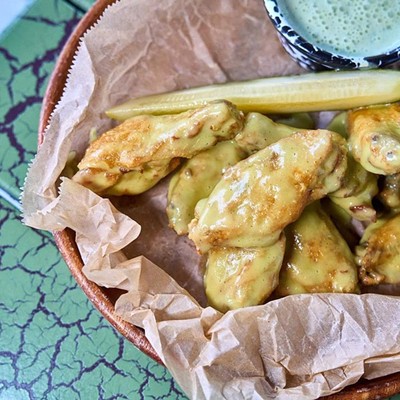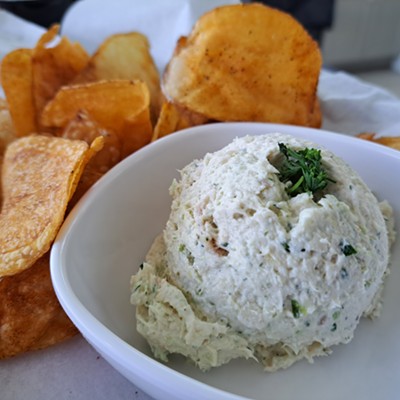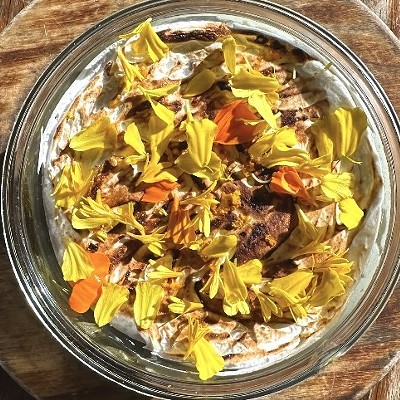As you troll the aisles looking for wine to accompany your summer barbecue, why not consider the ultimate all–American wine: Zinfandel. This unpretentious juice flies below scrutiny, mostly because it has no French connection. The grape’s origins are something of a mystery, but it seems to have surfaced on America’s East Coast in the 1800s, then quickly migrated west where it became entrenched in the California wine industry.
See, there’s more than just happy cows in California.
Zinfandel thrived, its expressions ranging wildly. It can be the giddy, sweet, fruit forward wine that fueled a generation of first time wine drinkers. Or, it can be a lush, decadent wine that’s rich with spice, cedar and silky body.
It’s a survivor, too. Many Zin labels carry the phrase “old vine.” That’s not just a marketing ploy –– some Zin vines planted in the early 20th Century are still yielding small but intense clusters of grapes. The maturity shows in the bottle.
St. Francis 2005 Old Vines Zinfandel delivers a resounding punch of dark fruit laced with chocolate and the lushness that only comes from vines with great maturity. This Sonoma County juice gets some time in stainless steel, but then rests for 14 months in new American Oak. Unlike other reds, the lengthy oak regimen does not express with strong tannic flavors, but aids in the rich body of this wine. Newer vintages get a combination of oak, but retained similar praise as the ’05 bottling. About $25.
Steele Pacini Vineyard 2007 Zinfandel comes from famed wine maker Jed Steele’s Pacini Vineyard, first planted in 1940 on the western foothills of the Mayacamas Mountains in Mendocino County. Steele hand picks clusters for this bottling –– a necessary task due to the uneven ripening of the Zinfandel grape. The rolling terrain of this region complicates the process due to varying exposure to sunlight. Fruit that is declassified from the Pacini blocks are used in the company’s less expensive Shooting Star brand –– which is a great value on its own.
The vineyard, like many old Zin fields, is dry farmed –– meaning it gets no irrigation. This add even more intensity to grapes borne of hard working vines. Count on concentrated fruit in this Zin that is full of fresh blackberries and raspberries, spices of clove and black pepper. It is beautifully balanced, exceptionally well made and a perfect companion to a plate of salumi and cheeses –– or on its own. About $18.
Zin should be served around 55 degrees, but lower alcohol Zins (under 14 percent) can be chilled into the high 40s for a refreshing summer red.






























